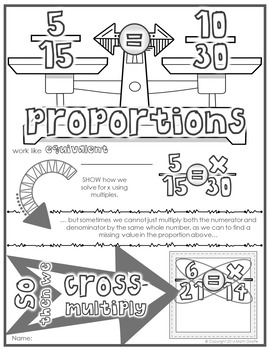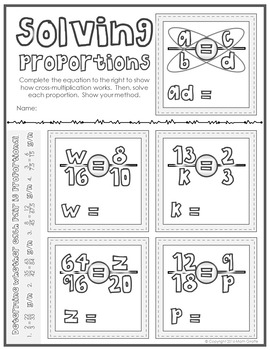Proportions Doodle Notes
- PDF
What educators are saying
Description
Solving & Understanding Proportions: "doodle notes" -
When students color or doodle in math class, it activates both hemispheres of the brain at the same time. There are proven benefits of this cross-lateral brain activity:
- new learning
- relaxation (less math anxiety)
- visual connections
- better memory & retention of the content!
Students fill in the sheets, answer the questions, and color, doodle or embellish. Then, they can use it as a study guide later on.
Content includes:
- Proportions operate like equivalent fractions
- How to cross-multiply
- Determining whether a pair is proportional
- Solving proportions
- Practice & Examples
Check out the preview for more detail about this item and the research behind it.
Visual note taking strategies like sketch notes or doodle notes are based on dual coding theory. When we can blend the text input with graphic/visual input, the student brain processes the information differently and can more easily convert the new learning into long-term memory.
This strategy also integrates the left and right hemispheres of the brain to increase focus, learning, and retention!
You might also like:
Middle School Pre-Algebra Super Bundle





